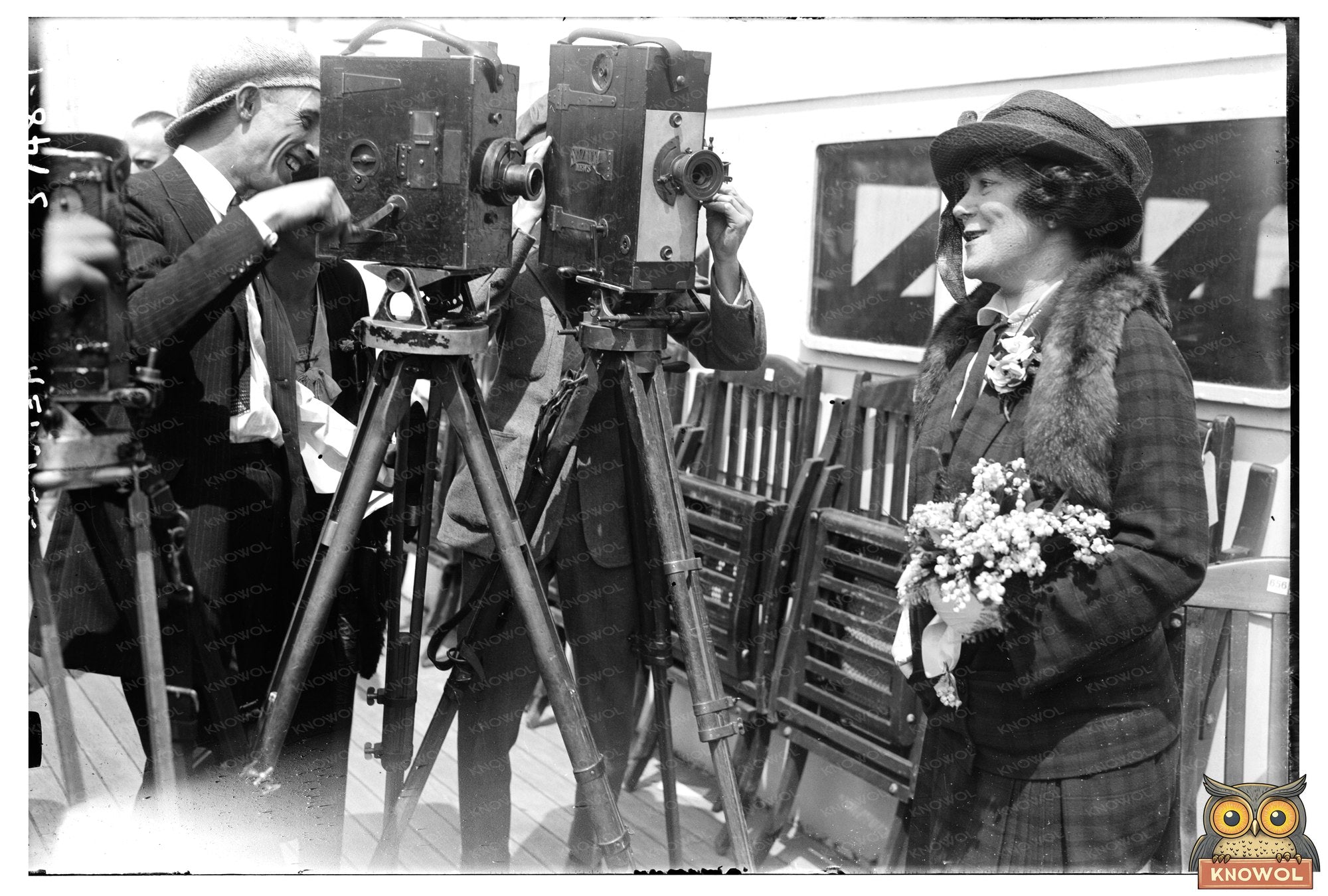


1920s Cultural Revolution: The Hemper Concept Unveiled
This glass negative produced by the Bain News Service illustrates the concept of Hemper, a term that gained traction during the early 1920s as part of a broader cultural shift in America. The 1920s, often referred to as the Roaring Twenties, was a time marked by rapid social change, economic expansion, and the rise of new cultural norms. The decade saw the emergence of youth culture, symbolized by a burgeoning interest in jazz music, new fashion trends, and a spirit of experimentation. The term Hemper often tied into the growing advocacy for leisure and a lifestyle defined by enjoyment and indulgence.
Created between 1920 and 1925, this negative is a representation of a specific moment in time when the United States was experiencing significant shifts in societys dynamics. Following World War I, there was a desire to celebrate freedom and innovation, which influenced everything from art to everyday life. The Bain News Service played a crucial role in capturing these historical moments through its extensive collection of images, offering a visual narrative that documents the Americans’ responses to the rapidly changing landscape around them. Understanding these terms and their context helps piece together a clearer picture of how people lived and engaged with the world during a pivotal era in American history.

1920s Cultural Revolution: The Hemper Concept Unveiled
